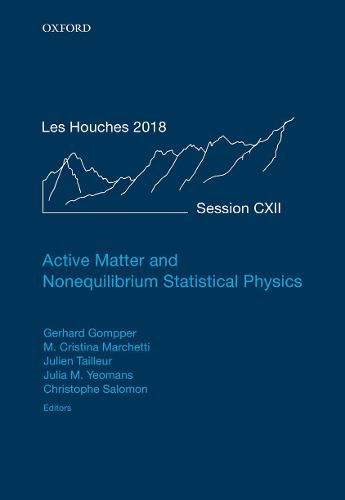Readings Newsletter
Become a Readings Member to make your shopping experience even easier.
Sign in or sign up for free!
You’re not far away from qualifying for FREE standard shipping within Australia
You’ve qualified for FREE standard shipping within Australia
The cart is loading…






From molecular motors to bacteria, from crawling cells to large animals, active entities are found at all scales in the biological world. Active matter encompasses systems whose individual constituents irreversibly dissipate energy to exert self-propelling forces on their environment. Over the past twenty years, scientists have managed to engineer synthetic active particles in the lab, paving the way towards smart active materials. This book gathers a pedagogical set of lecture notes that cover topics in nonequilibrium statistical mechanics and active matter. These lecture notes stem from the first summer school on Active Matter delivered at the Les Houches school of Physics. The lectures covered four main research directions: collective behaviours in active-matter systems, passive and active colloidal systems, biophysics and active matter, and nonequilibrium statistical physicsDLfrom passive to active.
$9.00 standard shipping within Australia
FREE standard shipping within Australia for orders over $100.00
Express & International shipping calculated at checkout
From molecular motors to bacteria, from crawling cells to large animals, active entities are found at all scales in the biological world. Active matter encompasses systems whose individual constituents irreversibly dissipate energy to exert self-propelling forces on their environment. Over the past twenty years, scientists have managed to engineer synthetic active particles in the lab, paving the way towards smart active materials. This book gathers a pedagogical set of lecture notes that cover topics in nonequilibrium statistical mechanics and active matter. These lecture notes stem from the first summer school on Active Matter delivered at the Les Houches school of Physics. The lectures covered four main research directions: collective behaviours in active-matter systems, passive and active colloidal systems, biophysics and active matter, and nonequilibrium statistical physicsDLfrom passive to active.